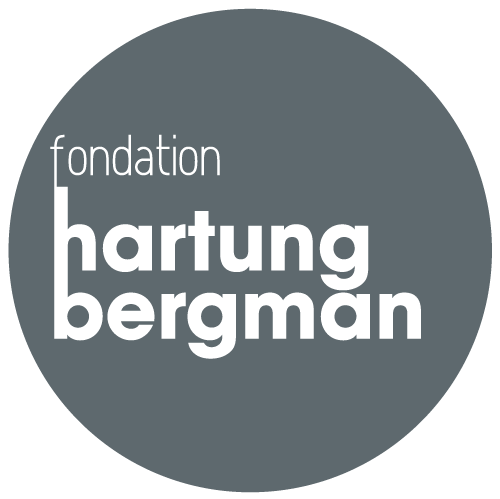EN :
Page 74:
Always, always, I was searching for a law, the golden rule, the alchemy of rhythm, movements, colours. Trying to organise a movement in such a way that disorder within order, the perfect movement, could be described, ordered.
For this, I felt the need to participate in the forces governing nature. I wanted to translate these forces which rule images, the laws governing the matter of forms, arbitrary and yet seemingly disordered, but whose logic one could sense without fully grasping it.
At a time in my life, I created paintings composed of thousands of « random » brushstrokes, each seemingly absurd, going left and right without an apparent goal. Yet the whole gave an impression of unity and harmony.
If one observes an anthill upon which an obstacle is placed, it is incredible what movements can develop there. At what speed! Ants run to the right, to the left, make sudden U-turns, bump into each other, return, leave again, changing direction at sharp angles without hesitation.
Their movements appear absurd, unorganised, the result of frantic panic.
And yet, molecules behave in the same way. Their races, their movements appear to us frantic, disordered, random.
Page 75:
But in reality and in multitude, they do exactly what is prescribed, or what the law, their law, imposes upon them.
And all these seemingly disordered movements, gathered together, form an orderly movement, a harmonious rhythm.
I found this complexity in nature, in Van Gogh’s work. For him, one feels the law through forms, human gestures, through forms inspired by nature.
The painter assumes the gestures of the tree, imitates the forms cut by the wind, the tempest, to push, continue, or extend the original force, linking his brushstrokes to nature’s own gestures.
Conversely, those who imitate the forest by placing a brown stripe on a green stripe, express nothing of the forest.
There is neither warmth, nor colour, nor its rustling, nor trees that the eye and body collide with, nor the animals lurking there, nor the countless insects busy under dead leaves, nor the sarcastic dance of mosquitoes, nor more than the song of birds.
With the Impressionists, the forest does not live; we do not live the forest. It is merely an optical impression.
Sensations, knowledge escaping from us in the same way as those who cannot swim. For them, the sea is just green and blue.








